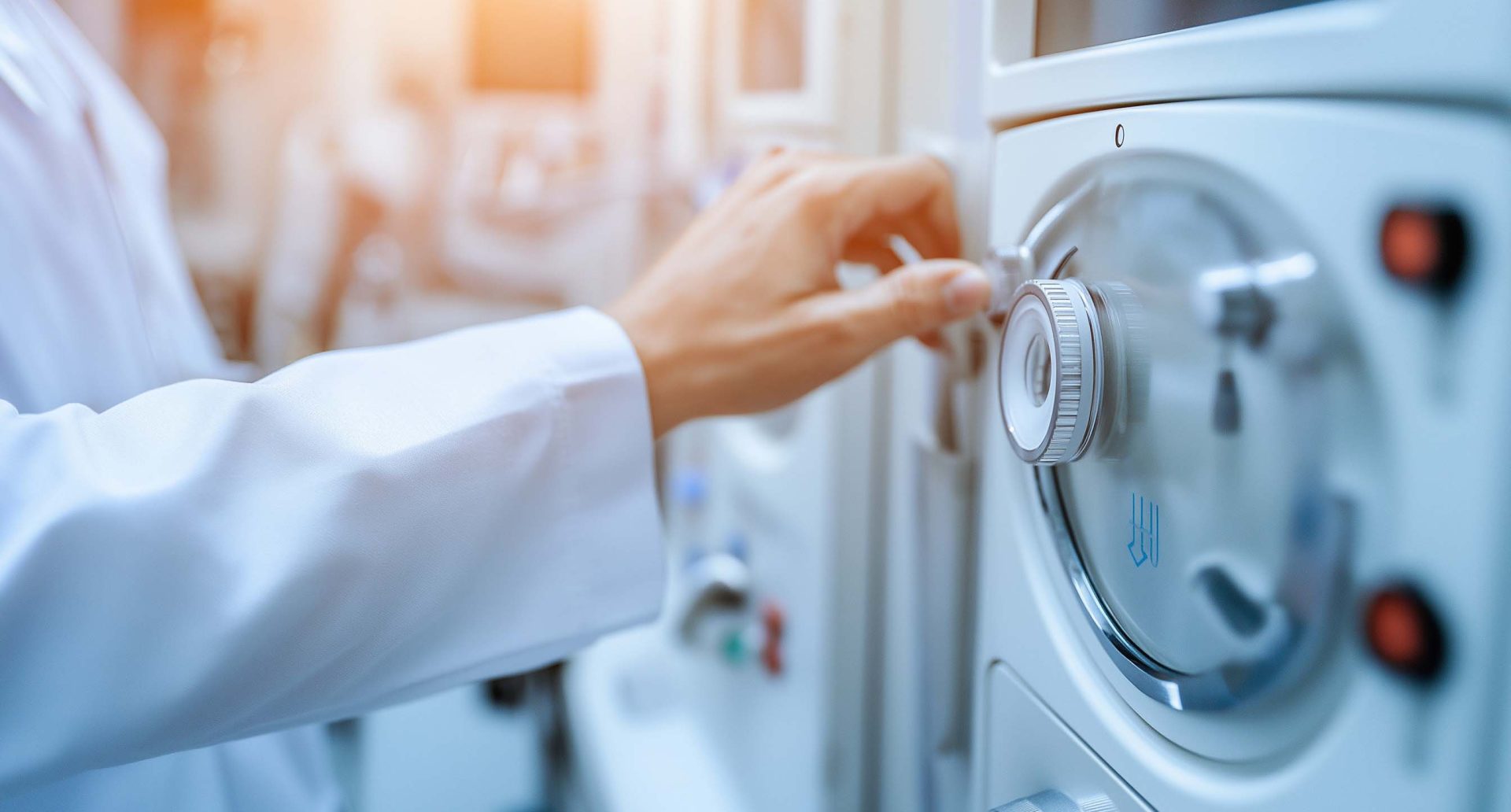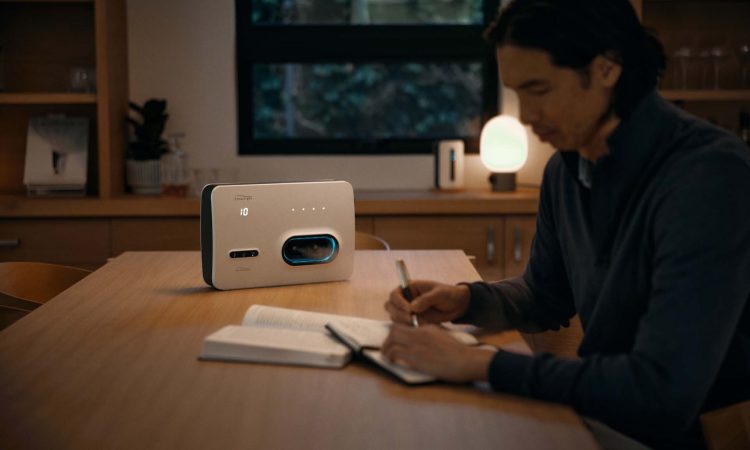This study, led by Khalid Bashar and his team, looks at how Far-Infrared (FIR) therapy might help patients with kidney disease who need dialysis. These patients often rely on a procedure where doctors create an access point in their veins, called an arteriovenous fistula (AVF), to make dialysis easier. However, many of these fistulas don’t work well or fail to develop properly, which causes problems for patients. The researchers reviewed four studies with 666 patients to see if FIR therapy, which uses heat from infrared light to improve blood flow, could help these fistulas work better. They found that patients who received FIR therapy had better results, with more of them having successful, functioning fistulas compared to those who didn’t receive the therapy.
The study showed that FIR therapy improved the chances of both short-term and long-term success in making AVFs work properly. Specifically, patients who used FIR therapy had a higher rate of successful fistula formation and better overall blood flow, which is crucial for long-term dialysis treatment. These results suggest that FIR therapy could be a useful treatment for improving the success of dialysis access in kidney patients. However, the researchers note that more studies, especially those conducted by independent scientists, are needed to confirm these findings.





